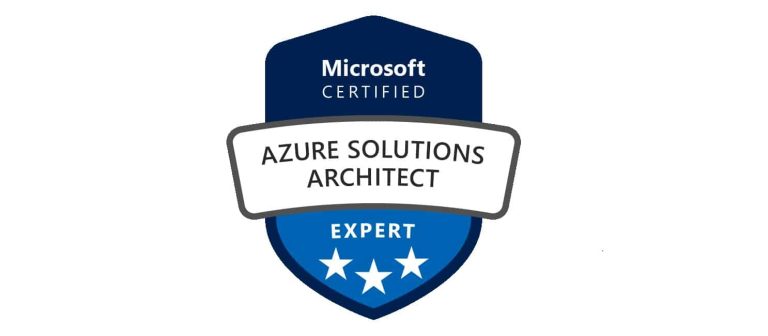Table of Contents
- The Rise of Data Management in Life Sciences
- Understanding Current Regulatory Challenges
- Key Drivers for Strong Data Governance
- Technology Trends Shaping Data Strategies
- Enabling Efficient Product Data Processes
- Future Insights: Artificial Intelligence and Automation
- Best Practices for Sustainable Compliance
The Rise of Data Management in Life Sciences
In the rapidly evolving life sciences sector, organizations are constantly balancing innovation with a stringent web of regulatory requirements. These companies must not only deliver groundbreaking therapies and devices but also ensure patient safety and meet strict compliance standards across global markets. With the digital transformation of healthcare, regulatory data management has rapidly emerged as a crucial pillar supporting both operational efficiency and regulatory compliance. By establishing reliable and up-to-date repositories of product and compliance data, organizations can meet demanding regulatory expectations and swiftly adapt to new rules or product changes.
The benefits of solid data management stretch beyond ticking compliance checklists. For instance, creating a “single source of truth” enables research, regulatory, and quality teams to work from unified, authoritative datasets, thereby minimizing duplication and errors. Biopharma companies that leverage advanced digital data techniques have reduced regulatory errors by over 40%. This shift translates into faster, safer product journeys from laboratory to patient, with the added advantage of maintaining a competitive edge.
Understanding Current Regulatory Challenges

The regulatory ecosystem for life sciences has never been more demanding. Agencies such as the FDA, EMA, and equivalents across Asia and Latin America continually revise standards for product safety reporting, electronic submissions, and tracking of medical products throughout their lifecycle. These requirements include everything from comprehensive ingredient disclosure to the real-time reporting of adverse events. Such pressures make it nearly impossible for companies to rely solely on manual processes or outdated IT silos.
Further complicating matters, international regulations are rarely harmonized. A product entering multiple markets may need to satisfy differing rules for data quality, documentation, and auditability. A single lapse in compliance can result in delayed approvals, costly remediation activities, or even forced market withdrawals. This landscape highlights the pressing need for comprehensive approaches to regulatory data management, where workflows are integrated, data is validated, and every submission meets the evolving global requirements.
Key Drivers for Strong Data Governance
- Consistent and reliable information delivery to regulators and partners
- Improved management of product recalls leading to faster response and patient safety
- Greater audit readiness with comprehensive, searchable data trails
- Enhanced integrity in decision-making and organizational trust
Implementing rigorous data governance is a game-changer for compliance-led organizations. By setting clear policies for data ownership, quality standards, and version control, companies can respond confidently when regulators request information or when health risks arise. Imagine a scenario where a batch-level discrepancy requires investigation: firms with centralized, well-governed records are better positioned to accurately trace issues and act swiftly, often reducing brand or patient exposure compared to those lacking such systems.
Beyond regulatory advantages, robust data governance fosters internal trust, enhances efficiency, and enables organizations to adapt products or expand into new geographies quickly.
Technology Trends Shaping Data Strategies
Recent technology innovations are redefining how data is managed and leveraged in regulated industries. Cloud-based solutions are at the forefront. These platforms connect teams across continents, providing secure, real-time access to critical datasets without the hurdles of legacy infrastructure. This global reach reduces communication bottlenecks and ensures that local regulatory changes are quickly incorporated into centralized systems.
Meanwhile, automation tools are being utilized to standardize repetitive and error-prone data entry processes. This not only speeds up compliance workflows but also reduces risks associated with human oversight. As companies strive to stay ahead of the curve, those integrating technology early see measurable improvements in both compliance accuracy and process efficiency.
Enabling Efficient Product Data Processes

The process of managing product data efficiently begins with centralizing all sources of truth for product characteristics, labels, test results, and regulatory approvals. Rather than storing these details across fragmented spreadsheets or documents, a unified platform integrates them into a seamless digital environment. Teams can then trace the history of formulations, submissions, and quality checks at any point in time.
This approach proves invaluable during regulatory submissions, change controls, and post-market updates. When a new regulation requires updated labeling, for instance, organizations with integrated data management can rapidly identify all impacted products, streamline revision workflows, and submit compliant documentation with minimal delays. The ease of tracing and updating information reduces both overhead and compliance risk, making it a must-have capability in today’s landscape.
Future Insights: Artificial Intelligence and Automation
Artificial intelligence and automation are poised to continue revolutionizing compliance in life sciences. Automated workflows drastically reduce the time from data entry to regulatory report generation, shrinking backlogs and streamlining resource allocation. At the same time, AI-powered data analytics help companies identify trends, predict potential compliance issues before they arise, and suggest corrective actions.
For forward-thinking companies, these technologies aren’t just about avoiding risk. They provide the tools to turn data into strategic assets, supporting personalized medicine, more effective clinical trials, and continuous product improvement. Over the next few years, expect AI-driven systems to help organizations anticipate regulatory updates, refine business processes, and deliver greater value to patients and healthcare providers.
Best Practices for Sustainable Compliance
- Invest in regular training to keep teams well-informed about changing regulations and technological advancements.
- Conduct frequent audits and reviews of data governance processes for alignment with global standards.
- Adopt trusted technology platforms that support transparency, integration, and scalability in regulatory data management.
- Build a company culture where everyone—from scientists to executives—sees compliance as a value-adding function, not just an obligation.
By adhering to these practices, life sciences companies ensure not only compliance with ever-evolving regulations but also greater adaptability, resilience, and patient safety. Those who adopt a comprehensive, technology-driven approach are well-positioned to thrive in the global marketplace and make a lasting, positive impact on health outcomes.











